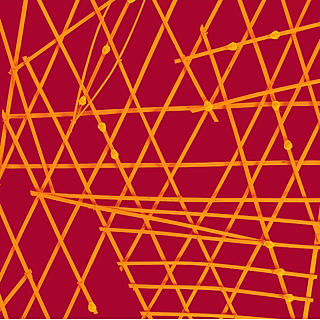Humans Reached Australia 18,000 Years Earlier Than Thought
- Admin
- Aug 7, 2017
- 3 min read
Our species, Homo Sapiens, may have arrived in Australia as early as 65,000 years ago; some 18,000 years sooner than previously thought.
A new discovery, outlined in a research paper published in the journal Nature, has pushed the date back for the earliest human migration to Australia from our previous date of 47,000 years BCE to a new estimate of 65,000 years BCE.
This updated figure is based on human relics, among them a hand axe, unearthed by a team of archaeologists from the University of Queensland who were excavating a rock shelter, Majedbebe, in Northern Australia during digs conducted in 2012 and 2015.
While a technique called radiocarbon dating is predominantly used to assess the age of artifacts, in this instance researchers had to employ an additional method called optically stimulated luminescence (OSL). This is because radiocarbon dating can only provide accurate dates as far back as some 45,000, forcing researches to verify their results with this more accurate form of testing, which determined how long ago grains of sand were exposed to sunlight.
The first artefacts unearthed at the site dated to c.10,000 BCE, but as the team penetrated further back into the recesses of the rock shelter, they began to uncover evidence for human occupation as far back as 35,000, 40,000, and ultimately, 65,000 years.
The previous date of 47,000 was based on evidence uncovered at Lake Mungo, but the newly discovered axes have thrown into question some of our basic assumptions about our ancestors' journey out of Africa. The evidence suggests that we might need to re-visit the timeline for when Homo Sapiens spread out across the Old World.
Nevertheless, many answers still remain, such as whether the new findings indicate an earlier departure or multiple departures out of Africa, as well as posing questions regarding the sophistication of tool use, especially considering what must be an earlier date for long-distance seafaring.
The earliest uses of red ochre in Australia date to around 55,000 years BCE, which suggests that art may have been practiced from the very beginning of human arrival on the continent, supporting a theory that symbolic behaviour originated in Africa before emanating outward. This theory is also supported by the early dates of cave painting in Iberian sites around 47,000 years ago. Given the sophistication of the earliest art, it seems likely that the practice emerged elsewhere and arrived in Europe in a mature stage of development.
The earlier date from Majedbebe also challenges the viewpoint that human migration was responsible for the decline of fauna in Australia, presenting new questions for climate researchers too.
Whatever the case, these new discoveries are being celebrated because they provide us with yet another piece of the jigsaw, allowing us to slowly assemble the complex picture of not only the history of the first Australians, but also the entire history of human migration.
The 'Out of Africa' Model
The most widely held viewpoint is that modern Aboriginal people descended from a Homo sapiens migration, or migrations, from Africa who arrived in Australia after spreading throughout South-east Asia.
The 'Multiregional' Model
Given the variation found in the fossil record of early indigenous Australians, some scientists believe that modern Aboriginal people emerged from the admixture of two genetic lineages: Indonesian Homo erectus, and Chinese Homo erectus. Fossil evidence from between 10,000 and 40,000 years BCE, indicates that the Aboriginal Australians had much more robust skeletons and were physically larger than the present-day Aboriginal people. Moreover, they also showed a wide range of physical variation, which might reflect this ostensible genetic admixture.
Sahul
For most of history, Australia was joined to New Guinea by a landmass called Sahul. This is because sea levels were once much lower than they are at the present time, following the last Ice Age. This land bridge was flooded some 8,000 years ago, which can be supported by various strands of evidence, including genetic evidence which points to close links between the two regions.
___________________________________________________________________________________
Further reading:



























Comments